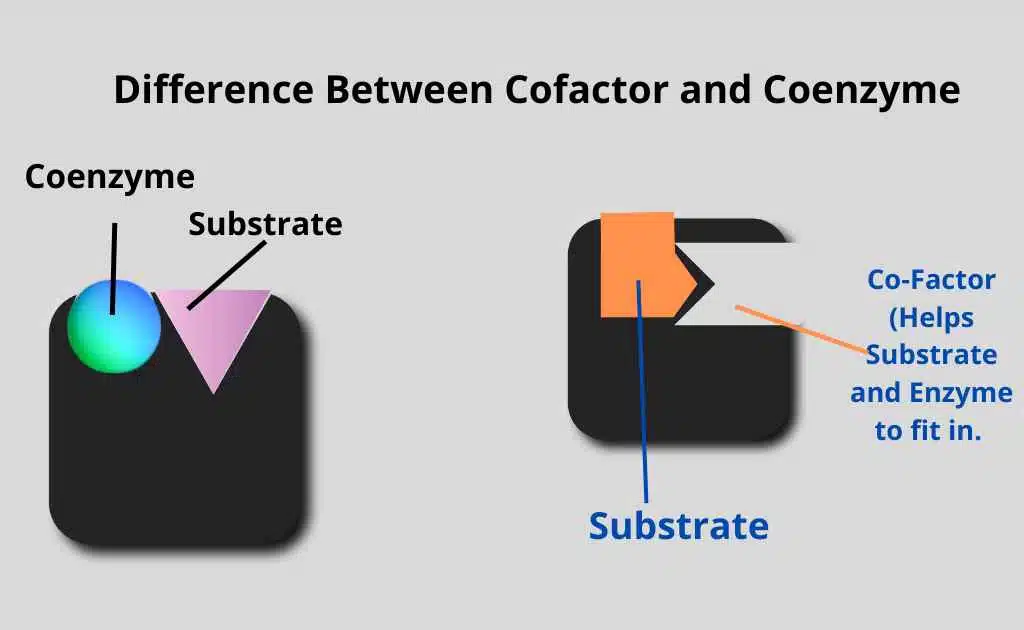Active Site of An Enzyme-An Overview
The active site is the part of an enzyme that helps create a chemical reaction to change the substrate. This happens by the amino acids joining together with the substrate (binding site) and the residues that speed up the transformation of the substrate (catalytic site).
Enzymes are generally much larger than their substrates. Only a small part of the enzyme molecule (the active site) is directly involved in substrate binding and catalysis. The active site is the small region of the enzyme where the substrate (s) bind and participate in the catalysis.

Features that Determine Active Site Specificity
- The three-dimensional native conformation of proteins results in the existence of an active site.
- The active site is a key player in a protein’s function. It’s made up of amino acids (known as catalytic residues) which are distant from each other in the linear sequence of amino acids (primary structure of the protein). For example, the enzyme Lysozyme has 129 amino acids. The active site is formed by the contribution of amino acid residues specific positions.
- Active sites are important because they are responsible for the catalytic activity of an enzyme. Enzymes are globular proteins with a three-dimensional structure. The active site is a small region of the enzyme that binds to the substrate, and it is where the chemical reaction takes place.
- The active site is flexible to promote the specific substrate binding.
- Enzymes function best when their active sites fit snugly with the molecules they’re meant to interact with. This specificity allows enzymes to fulfill very specific roles within cells and helps to ensure that they are working correctly.
- Some enzymes rely on coenzymes or cofactors to function and these are typically found as part of the catalytic site.
- The binding of the enzyme (E) to the substrate[S] at the active site forms an enzyme-substrate complex (ES). After catalysis, the release of the product (P) occurs and the enzyme is available for reuse.
- The active site of an enzyme is where the substrate binds and the reaction occurs. The catalytic site is responsible for the catalysis of the specific reaction.
- At the active sites of enzymes, you will commonly find amino acids such as Serine, Aspartate, Histidine, Cysteine, Lysine, Arginine, and Glutamate. Of all these Amino Acids, Serine is the most frequently found.
- Substrates are like puzzle pieces that fit into the active site of an enzyme. The bonds between them are not very strong, but they are still important for the enzyme to function.
Active Sites and Environmental Conditions
Different Factors affect enzyme activity, and so is the case with the active site of the enzyme. Environmental conditions can affect an enzyme’s active site and consequently, how quickly a chemical reaction occurs.
Generally, increasing the temperature will result in a higher rate of reaction because the molecules are moving more rapidly and are more likely to collide.
An enzyme works efficiently at an optimal range of temperature, so an increase or decrease in the temperature outside of an optimal range can affect chemical bonds present within the enzyme and change its shape.
If the enzyme shape is changed, the active site won’t be able to bind to the relevant substrate and the rate of reaction will decrease. Dramatic changes to the temperature and pH will eventually cause enzymes to denature.






Leave a Reply